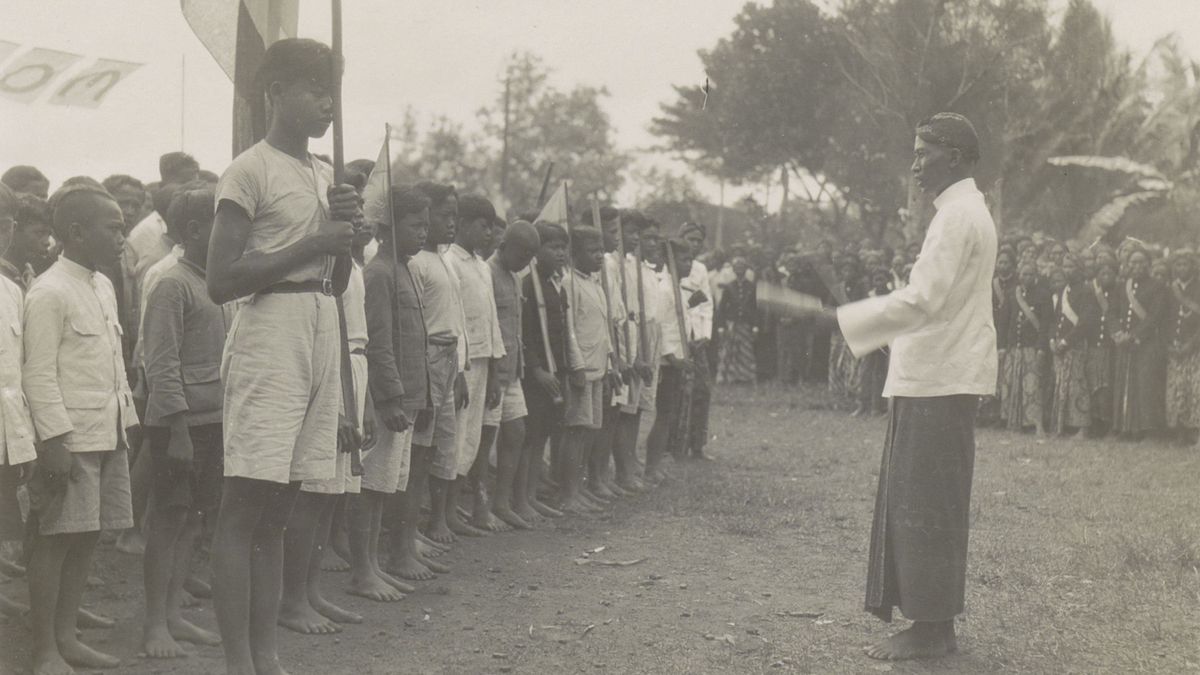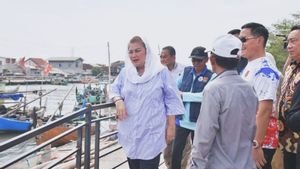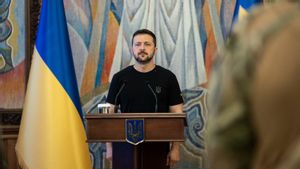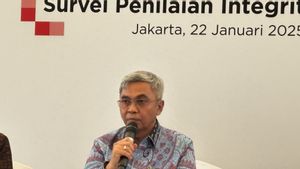JAKARTA - During the Dutch colonial era, education was a luxury item for native children. Not just anyone can get an education. Only those with European (Dutch) status, mixed Indo-Dutch blood, children of kings, aristocrats and priyai have access to school. For groups other than that, school is just a dream.
The dream of a school for commoners is almost as impossible as the dream of native children to enter the gates of the Societeit - the association of the wealthy - in its day. How could I not, in front of the Societeit gate, the natives were dogs.
"Verboden voor honden en inlander," is written on the gate, which in Indonesian means: Dogs and natives are prohibited from entering.
To be able to go to school, every student's parents at that time had to have at least 100 guilders per month. The costs are so high. The conditions are so difficult. For well-off parents, they can send their children from the age of six at the school for white people, the Hollandsche Inlandsche School (HIS).
Not only treasure. Another requirement is social status. Only bumiputra families from prominent circles may attend school. These children from respected families can attend the Europesche Lager School (ELS) even though they do not have European or Dutch blood.
In that situation, solidarity was built among the natives. Some even threw away their aristocratic status, risking life and reputation to bring education to the untouchable. Raden Ajeng Kartini, Tan Malaka, and Ki Hajar Dewantara practiced this.
School for allThe first name, Raden Ajeng Kartini is known as a figure who elevates women through education. Although born into a noble family, Kartini, with her thoughts of advancement, often broke down barriers.
When completing her education at ELS in Jepara, the woman who was born on April 21, 1879 was not allowed to continue her education at a junior high school, Hoogere Burgerschool (HBS) in Semarang. At that time, Kartini, who was 17 years old, was considered a young woman, an age stage which according to local customs had to begin to be isolated.
During that seclusion period, Kartini strengthened herself with books. He also broadened his mind by sending a letter to Estella Zeehandelar, a well-educated woman of Dutch descent. Years later, the traces of Kartini and Estella's correspondence were published in a book entitled Habis Gelap Terbitlah Terang (1911).
Kartini also revealed her attitude against ancient local customs which hindered the progress of women. In fact, Kartini explained a lot about her environment, the state of the people, and the status of seclusion in a girl. Pingitan, for him, humiliates women. And Kartini moved to realize her school for women.
"He also criticized Dutch officials for not paying attention to the people at large, only paying respect to the regents and delaying the expansion of education for native people because they were considered to endanger the position of the Dutch East Indies government," wrote the Indonesian Ministry of Education and Culture in the book History of Regional National Awakening. Central Java (1978).
Second name, Tan Malaka. In the course of his life, Tan Malaka had been a teacher at schools for children of contract coolies at the Sanembah plantation company on the south side of Medan. However, he did not feel at home working as an educator because he often dealt with white colonial society.
Later, the desire to become an educator was revived. For him, the goal of educating is not only to make children intellectually, but how a child can hone the will and feelings that he believes are important in instilling passion and the habit of working with hands.
Tan hopes that students will know that handwork is no less important than brain work. Quoted from P. Swantoro in From Book to Book: Connect to Connect Together (2002), on June 21, 1921, Tan opened his own school in Semarang. Schools elsewhere were set up as well, including in Salatiga and Bandung.
“So successful is the school founded by Tan Malaka, that even though Tan Malaka was forced to leave Indonesia, the school continued to grow. At the school meetings of Tan Malaka, whose official name was Ra'jat School, in Semarang 22-24 April 1924, 40 delegates from 16 schools were present. The number of students reaches 2,500 people, ”said P. Swantoro.
One month later, the people's education fund was established. He called on the public to be willing to provide financial support to these schools. They will also overcome problems such as teacher shortages by establishing teacher schools. The effort was quite successful because the supports came one after another.
Other schools are even greater. It appears to have appeared almost at the same time as the Tan Malaka schools. The school, which was founded on July 3, 1922, was named Perguruan Taman Siswa. The school was directly led by a Javanese prince Raden Mas Soewardi Soerjaningrat who later gave birth to Ki Hajar Dewantara (an intermediary teacher of gods) as a form of releasing his nobility in 1927.
Taman Siswa at that time emerged as a form of differentiating education from the education format organized by the Dutch. That is why Taman Siswa was transformed into an educational institution that dared to provide opportunities for commoners to obtain educational rights like priyayi and Dutch people.

Ki Hajar Dewantara had stated this in his seven points of aiming to establish a student garden. By Kenji Tsuchiya in the book Democracy and Leadership: The Awakening of the Student Garden Movement (1987), it is said that education for everyone is present in the last point.
“Education must be for everyone, not just a few people. If only the upper class gets education, the nation will not grow strong. Education must start from the bottom, its spread among those circles is what is most needed so that the nation becomes more orderly and strong, ”concluded Kenji Tsuchiya.
The English, Chinese, Japanese, Arabic, and French versions are automatically generated by the AI. So there may still be inaccuracies in translating, please always see Indonesian as our main language. (system supported by DigitalSiber.id)









